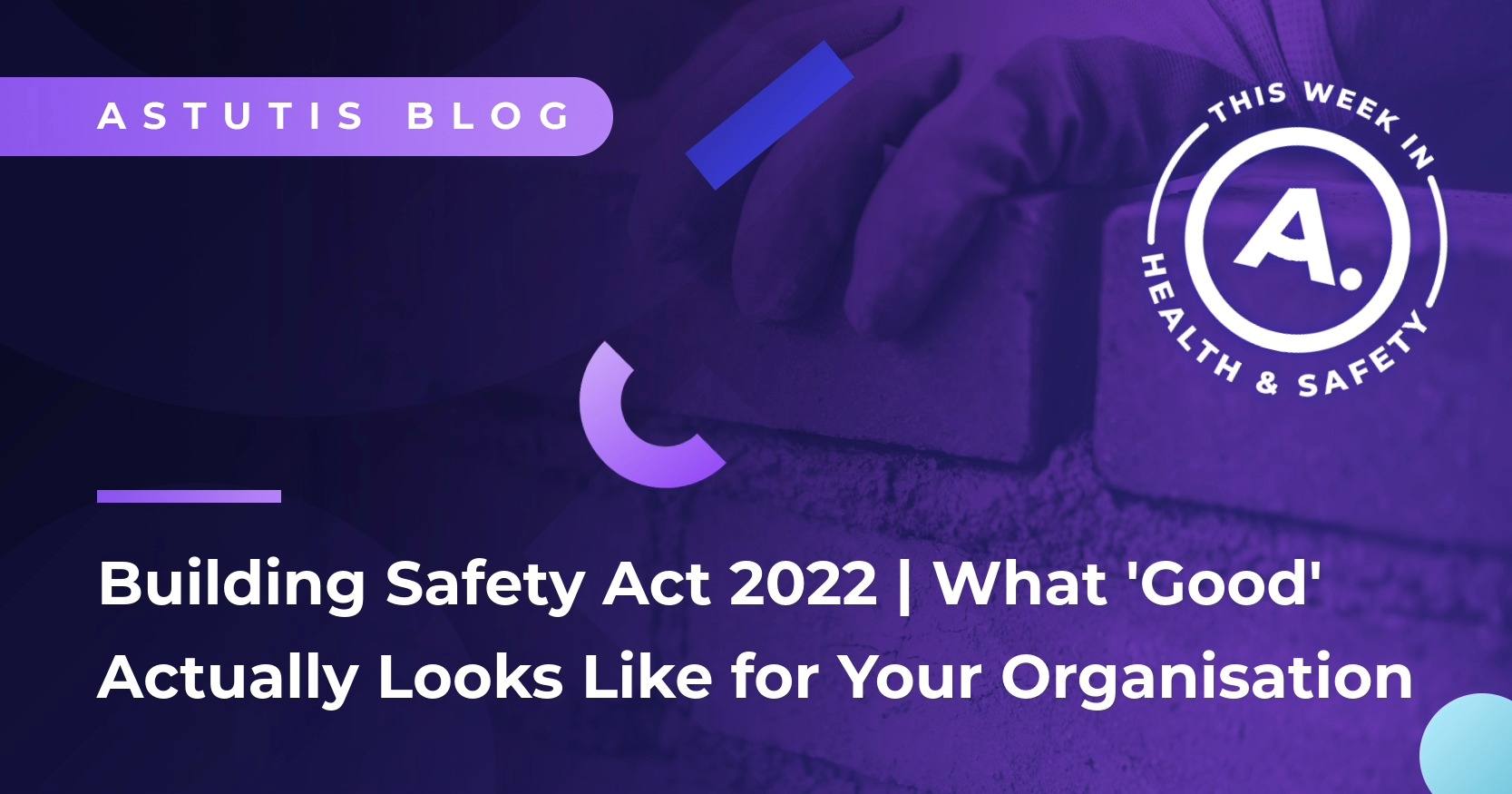What Does Energy Have to Do With Cricket?
This week Astutis' Managing Director, Steve Terry joined Astutis’ Environmental and Sustainability Specialist, Oliver Newman at the Confederation of British Industry's, CBI’s ‘Be More Green’ event at the Home of Cricket, Lord’s Cricket Ground London.
The event's focus on innovation in Energy Efficiency, ignited the following question: What does Energy have to do with Cricket?
Oliver Newman, explains:
It seems an unusual venue, but the tour of the Pavilion (The Pavilion is one of the most iconic cricket buildings, opened in 1890 after the original one was destroyed in a fire) raised some interesting parallels to the earlier discussion.
The panellists had talked about the way we generate and use energy in the future and how this must change in this country - 60% of all energy we generate is wasted.
Cricket provides a useful analogy. Cricket itself has changed, as the paintings in the Long Room of the Lord’s Pavilion illustrate (The Long Room is hosted in the bottom floor of the Pavilion with its walls lined with paintings of cricketing legends from the 1800s to the modern great players).
Images of yesteryear showing players with curved bats and two sticks used for wickets, and the painting of W.G. Grace, who transformed the game, and is credited with creating modern cricket (W.G Grace was regarded as the perfect batsman with a desire to win, he was the oldest player to play for England at the age of 50 years).
I also found it an interesting choice of venue to discuss energy efficiency – a Grade II listed building, built in 1889/90 which no doubt has its own challenges to try to make it energy efficient! But Lords is quite a fitting place to hold such a conference, since it’s 100% powered by wind generated electricity.
Lars Fabricius, from EnergiRaven, who describes himself as ‘Danglish’ having been born in Denmark but a resident of the UK these days, was one of the panellists.
Lars talked about the huge change that occurred in Denmark in the 1970s due to the oil crisis that started in 1973 - more than 90% of its energy came from imported oil. Danish citizens shivered in their homes while factories were forced into temporary shutdowns, alternate streetlights were switched off and driving was banned on a Sunday.
The UK had no such issues having a good mix of fuel – oil, gas and coal – to fall back on.
As a result of this, the Danes were determined to ensure energy security going forward and have ever since invested in renewables, energy efficiency and “district heating”.
District heating is exactly as it sounds: huge boilers provide heat for entire districts through a network of heating pipes. While in the UK households buy gas, which is piped into individual boilers in their homes, Danish neighbourhoods do away with individual boilers and instead have their hot water piped directly into their houses from one larger, and much more efficient, shared boiler.
What is particularly clever about district heat networks is that they also capture and redistribute heat that would otherwise be wasted. The surplus heat produced by electricity generating stations, factories, server farms and public transport networks is funnelled into the network, eliminating waste, lowering carbon emissions, lowering fuel consumption, and saving everybody money.
In Denmark district heating supplies heat to 3.6 million people living in 1.7 million buildings, which amounts to 62% of the Danish population.
Nearly a decade on from when engineers’ Buro Happold quoted that there is enough heat wasted in London alone to meet 70% of the city’s heating needs, the panellists gave me little to suggest that a great deal has changed since. If all the heat that is wasted could be captured and put into district heating it would make a dramatic difference to our fuel bills, fuel poverty, carbon emissions and fuel security.
Everyone has been focusing on decarbonising energy but energy security and energy efficiency are just as important. The low hanging fruits.
Currently what are the quick wins for businesses.? Well the statistics tell us that most businesses can do better when it comes to energy management and energy efficiency but this needs the engagement of its people. And like cricket and all sports for that matter, improvements come with training.
If you’re not sure where to start, Astutis’ new IEMA Pathways to Net Zero could be the right training for you and your organisation. With Energy Efficiency a core module in our new IEMA Pathways to Net Zero course and in-fact is a common contribution within the entire IEMA suite of courses. Companies should consider this as a quick way to improve their run rate in this area.
Related Blog

Real Life Stories









